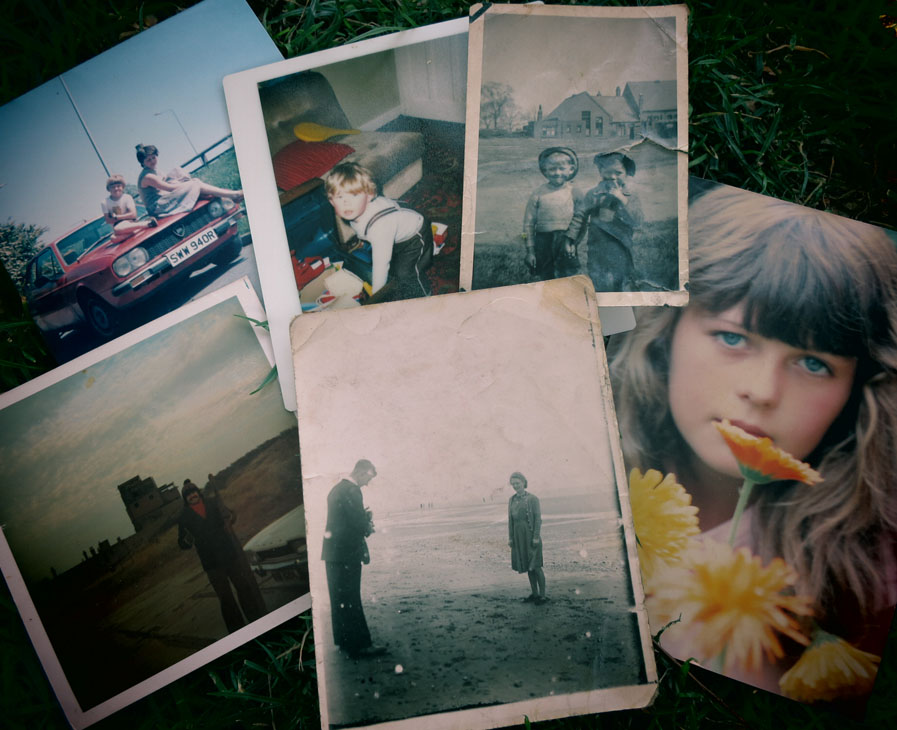In the 1950’s and into the 1960’s we saw the first large revolution in film photography since its inception. It became affordable for the public to start documenting their everyday lives in the way never before.
It took this task away from the professional photo journalist. We could now see into the interior of everyone’s day to day existence. The limitation was set by the price of film or the number of shots we could take when out and about.
Looking back at old family pictures there is an alien quality to them missing from a lot of shots today; it seemed we naturally composed photos better back then….or did we? I remember as a kid in the early 80’s, we had all sorts of point and shoot cameras around the house. My grandfather was the only one with a 35mm SLR, and it was a fully manual Nikon.
Not only did we have different cameras, we had different formats: 35mm, Polaroid, 120 just to name a few. Using these was a very manual process, there was no in-camera software to edit, or post-processing for most of us. We would compose an image, take a shot, and get the film developed and the photos printed. We had to think about what was in our viewfinder and we took a risk every time we took a shot. Even with Polaroids which gave us instant access to the prints, we still were limited by the number of shots we could take and no option of post production.
Combined with bustling economies and mass consumerism during the early 2000’s and the advent of digital cameras, we saw photography go through another revolution. Suddenly, we lost two of the limitations of film photography; the number of images we could shoot, and the ability to instantly preview the photos and re-shoot. Even though we are still ‘limited’ to the number of photos our memory cards hold, memory is cheap, re-usable, and we can hold thousands of images on one card. With digital, we could shoot to our hearts content, and in some ways there were benefits to be had. Every bit if our lives could easily be documented and shared with anyone and at almost anytime. For good or bad, digital photography finally had the means to be wholly pervasive and invasive in our lives. Along with digital photography came the computerization of photography to the masses. In-camera editing and processing, or saving images as RAW files with all the info maintained for post-processing, now results in some lost responsibility of the photographer to think about the shot. Whilst this allows us to be more spontaneous, paradoxically our understanding of other key elements such as light and color are reduced.
When touch screen phones such as iPhone came along, an interesting development occurred. Software was designed to mimic old analog cameras or old dark-room techniques such as cross-processing. Within digital photography, cross-processing effects already had a following but this was mainly the domain of enthusiasts or professionals only.
iPhones and Androids to name a few suddenly opened up this interesting world to the everyday person. Our digital photographs of which we were inundated with, suddenly had a new life. But why did this become so popular? After all, these apps made our images technically worse. Our photos were ‘grainier’, had light leaks, were blurred, softened, contrast became higher, and saturation and hues changed. Did we long for the spontaneous other-worldly look of our old family photos? Many people today probably have never picked up a film camera and know no different, but somehow we miss the nostalgia in our images, caused by the way we were made to take photos in the past. For all of us, I think it is important to revisit analog photographs and consider what feelings they promote inside ourselves, and what they really mean to us.
But, is the trend of analog mimicry a reason to promote analog photography? Is digital really going nowhere? Will analog always remain (like vinyl records) but to have only a cult following? Sure, using Instagram and Hipstagram (and *insert other apps* to take retro-cool images) will eventually go out of fashion, but should we return to use the kinds of cameras those apps attempt to replicate? Stores like Urban Outfitters and Lomography have made analog photography fashionable again, and I applaud their efforts. But, what happens when the next fad comes along? Do we suddenly drop our Mini-Diana’s and consign them to the thrift stores? I’d like to think not, but who knows? I would love to see people pick up their old 35mm cameras (or if really adventurous, a medium-format camera), or go out and buy a cheap one and take time to think about the photo they are about to take, to compose it, experiment, and to revel in the uncertainty of what they have captured. Stores like Target in the US do cheap film developing and will put the images to CD (digitized already!) for just $3-4. So, go on, give it a go, you might be surprised! It will certainly improve your digital photography if nothing else, and might even make you appreciate what went into the photos of yesteryear next time you look at old family pictures or are standing in a photography exhibition.


+There are no comments
Add yours